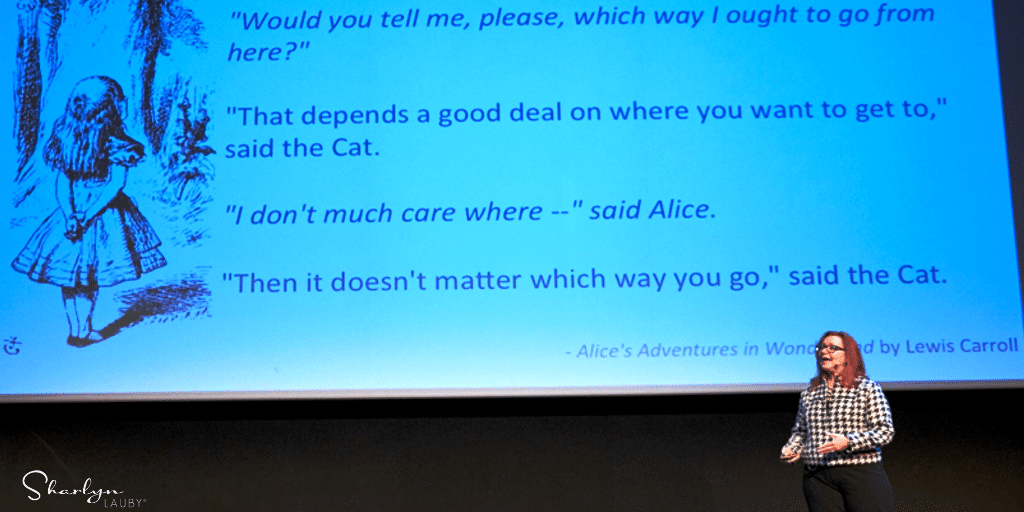How to Find Bottlenecks In Your Talent Acquisition Process
Being able to deal with constraints is an important part of business. Constraints are stages of a process that causes the entire process to slow down, be less effective, or stop completely. In the book “The Goal”, Dr. Eliyahu Goldratt outlines The Theory of Constraints as well as how to identify and manage them successfully. It’s a good read that HR pros should have in their library.
A logical first step in successfully dealing with constraints is identifying them. We know in problem-solving that, if you only deal with a symptom then you never really fix the problem. Same applies here. It’s about getting to the root cause of the constraint. Take talent acquisition as an example. When the talent acquisition process is broken, everybody knows it. And in my experience, everyone blames everything on recruiting being broken.
“We can’t finish the project on time because we don’t have enough employees.”
“We can’t deliver good customer service because we don’t have the right employees.”
“I really need to fire Leonard, but if I do I’ll never find his replacement.”
Problems (or constraints, bottlenecks etc.) in recruiting isn’t something to ignore because finding top talent is essential to the business. The question becomes, how do you identify the constraint?
Let’s continue using the recruitment example and focus specifically on resumes and applications. Since talent acquisition is a process that involves multiple people: human resources, hiring manager, payroll, and possibly other individuals, we can start with an analysis of how the process works. Does your organization who is responsible for each part? When it comes to resumes and applications:
- Who should spend the most time reviewing resumes? Should it be the hiring manager? Or HR?
- What does each person involved in the hiring process actually do with a candidate’s resume? More importantly, what should they be doing?
- Does each person know their role and responsibility? Do they know what the other members of the recruiting team are responsible for?
- Is each person capable of successfully completing their role in the process?
In order to identify the potential constraint with applications and resumes, these questions must be answered. Organizations need to know that the process they’ve designed on a white board is the process that actually happens. They need to know that each person involved in the process knows their role and is capable of doing it. And that each person knows their role in the context of the other people involved in the process.
To minimize constraints, organizations might want to consider making investments in developing high-performance recruiting teams. Many companies invest in team building for departments. Sometimes in team development for project teams. According to Dr. Eduardo Salas, companies that invest in team training can see as much as a 20 percent increase in team performance. Recruiting teams are the group tasked with identifying and selecting the individuals who will service customers, create the next company innovation, and become the future leadership. It only makes sense to create a development initiative for this team.
Which brings us back to constraints. Is it possible that, if a company asked themselves those four questions, they would find the source of their constraint? Once the constraint is identified, then it can be appropriately managed. Here are three action steps that could correct the bottleneck:
- Role reinforcement. Make sure each person who has a role in the process knows their tasks and accepts responsibility for their completion.
- Training. Any individual who needs skill development should be provided the opportunity to become proficient.
- Process communication. To make sure that steps in the process are not being duplicated or accidently forgotten, the process can be communicated to all stakeholders.
If organizations want to hire the best talent, they have to create effective processes and troubleshoot those processes to keep them the best they can possibly be. It starts with the recruiting team.
Image of Sharlyn Lauby captured while speaking at the Flora Icelandic HR Management Conference in Reykjavik, Iceland
3